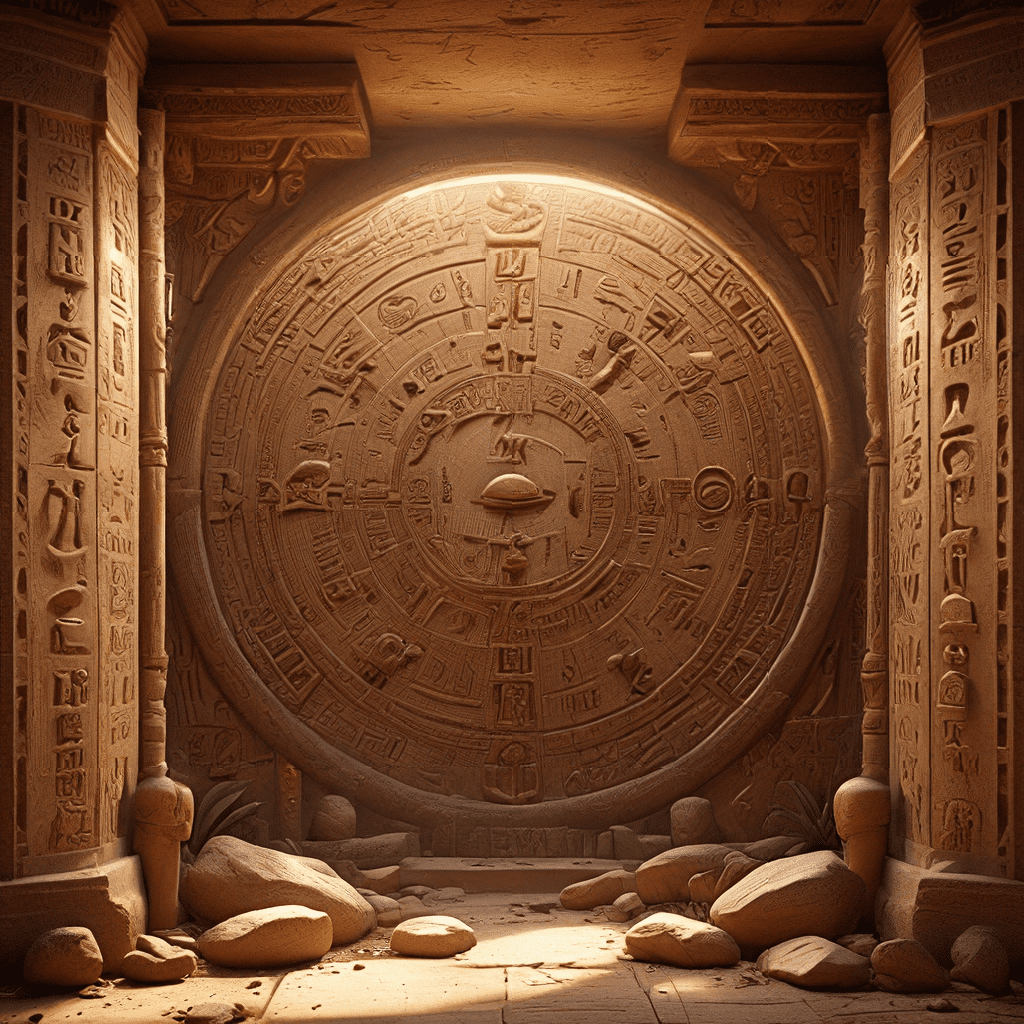1. Introduction: The Mystery of Hieroglyphs
Imagine a world where words are pictures, and the language of the gods is etched in stone. This is the world of ancient Egypt, where hieroglyphs, a system of writing using symbols, held the secrets of their civilization. For centuries, these intricate glyphs remained a puzzle, their meaning hidden from modern eyes. Scholars and explorers alike were captivated by their beauty and mystery, eager to unlock the secrets they contained.
The journey to decipher hieroglyphs was long and arduous, filled with false starts and tantalizing clues. It wasn’t until the early 19th century that the breakthrough came, thanks to the ingenuity of a brilliant scholar named Jean-François Champollion. He cracked the code, revealing the hidden language of ancient Egypt.
2. From Divine Script to Everyday Communication
Hieroglyphs were more than just a system of writing; they were a window into the soul of ancient Egypt. Their origins lie deep in the heart of Egyptian religion and beliefs. Imagine towering temples adorned with intricate hieroglyphs, their surfaces alive with stories of gods and goddesses, pharaohs and their deeds. Hieroglyphs were the language of the divine, used to communicate with the gods and record sacred knowledge.
As time passed, the use of hieroglyphs expanded beyond religious contexts. They became an integral part of everyday life, documenting royal decrees, economic transactions, and personal stories. This transition reflects the evolution of Egyptian society, where religious beliefs and practical necessities intertwined.
3. The Structure of Hieroglyphs: Symbols of Power and Meaning
The beauty and complexity of hieroglyphs lie in their structure, which combined elements of sound, image, and meaning. Think of them as a visual language, where each symbol held multiple layers of significance. They were divided into three main categories: phonetic, ideographic, and determinative.
Phonetic symbols represented sounds, similar to our letters of the alphabet. These symbols could combine to form words, allowing for a flexible and expressive system of writing. Ideographic symbols, on the other hand, represented objects or ideas directly. For example, a picture of a bird might represent the word “bird” itself. Determinative symbols helped clarify the meaning of a word or phrase, adding context and precision to the written language.
4. Mastering the Divine Language: The Scribes and Their Role
In ancient Egypt, the scribes held a position of immense power and prestige. They were the keepers of knowledge, the architects of history, and the voice of the gods. Imagine them as masters of the written word, their skills honed through years of rigorous training.
To become a scribe, young men underwent a rigorous education that emphasized reading, writing, and arithmetic. They learned to decipher the complex system of hieroglyphs, mastering the art of composing texts, recording events, and preserving knowledge. Scribes played a crucial role in government, religious institutions, and everyday life. They served as administrators, record-keepers, and even diplomats, wielding the power of the written word to shape the destinies of individuals and empires.
5. Unveiling the Secrets: Cracking the Code of Hieroglyphs
The mystery of hieroglyphs fascinated scholars for centuries, but it wasn’t until the early 19th century that the breakthrough came. Imagine a remarkable discovery—the Rosetta Stone, a slab of basalt bearing the same inscription in three languages: hieroglyphs, Demotic (a cursive form of hieroglyphs), and Greek.
This discovery provided the key to deciphering hieroglyphs. Jean-François Champollion, a brilliant scholar and linguist, recognized the patterns and connections between the three languages, enabling him to translate the hieroglyphic text. His work led to the unlocking of a hidden world, revealing the stories, beliefs, and achievements of ancient Egypt.
6. Hieroglyphs in Everyday Life: From Royal Tombs to Everyday Objects
Hieroglyphs were not confined to temples and tombs; they graced the walls of homes, decorated pottery, and even adorned jewelry. Imagine a world where the language of the gods was woven into the fabric of everyday life.
From grand monuments to simple household items, hieroglyphs served as a means of communication, a testament to belief, and a reminder of the enduring legacy of ancient Egypt. They were a powerful symbol of the civilization’s rich history, art, and culture, leaving an indelible mark on our world.




